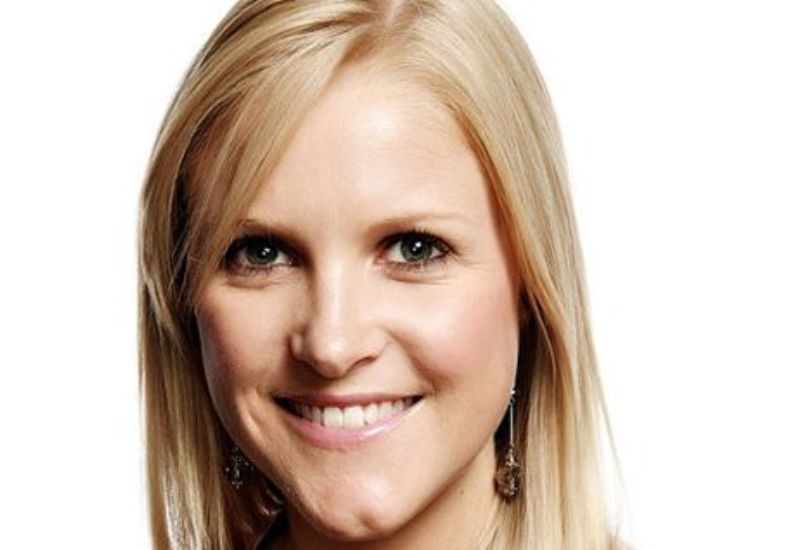It has often baffled me why Dubai has so few middle-to-low cost hotels. I have travelled to nearly 50 countries and I can assure you that would never have been possible without the option of cheap accommodation.
Sure, it is not everyone’s cup of tea, but I would bet that as much as half of the additional nine million tourists Dubai wants to attract by 2020 — to a total of 20 million — would be wanting at least a mid-range room.
While Dubai may never offer rooms for US $3 like I paid in Cambodia, budget options could see a swathe of new people arriving.
The fact is, the world’s middle classes are rapidly growing, and with it their thirst for travel, from China and India to Africa.
Barely 5% of China’s 1.36 billion people currently have a passport, while per capita disposable income is growing at about 10% annually, according to the Chinese National Bureau of Statistics.
Generation Y travellers also make up a significant chunk of the global industry and majority of them cannot afford to pay $200-$300 a night for a hotel room — or if they can they won’t, preferring to spend their money elsewhere.

| Advertisement |
Affordable rooms also would entice more people flying through Dubai International Airport to pass through customs and check out this wondrous emirate and all they will have heard about it.
A significant proportion of the 70 million people travelling through Dubai annually are using the airport purely as a thoroughfare, but I bet many of them would love to step out into the city and explore for a few days. However, those heading to more affordable destinations in Asia, Africa and Eastern Europe, for example, could well baulk at the cost of accommodation in Dubai by comparison and the emirate misses out on a reasonable opportunity.
Cheaper accommodation also would benefit other sectors, by freeing up tourists’ money to spend on areas such as restaurants, shopping, attractions, water parks and cultural entertainment.
A recent Jones Lang LaSalle report showed hotel investors are gradually waking up to the opportunities, with 44% of the 3600 new hotel rooms due to open in the fourth quarter of 2015 rated three stars or lower, compared to only 29% in the first quarter.
Another 25 percentage points were attributed to four-star properties, leaving luxury with a relatively small 31% of the new market — a stark contrast to the first quarter when five stars alone accounted for 44% of new rooms in Dubai.
It makes financial sense too. While the figures show luxury hotels are hardly suffering from an oversupply (room occupancy is at nearly 80%), affordable accommodation is a smart choice for investors, with such developments incurring lower construction and operating costs, while being built and put to market much faster due to fewer bells and whistles, and garnering quick and high returns on investment.
The Dubai government also has recognised the need to fill the accommodation gap, encouraging investment into mid-market hotels by releasing government land plots for three and four-star hotel projects, speeding up the construction permit approval process, and waiving the 10% municipality room tax for four years upon completion of mid-level projects.
The Arabian Travel Market also chose mid-market travel as the official show theme for 2016, highlighting the potential impact this sector is likely to have in the future.
Most of us would prefer to stay in a luxury resort with a private beach overlooking the Palm Jumeirah or the Dubai skyline, but the reality is, not everyone can. And the global travel market is gradually tipping in favour of the middle class. If Dubai hoteliers do not face this there will be a huge potential loss.
Courtney Trenwith writes for sister title Arabian Business.









 Search our database of more than 2,700 industry companies
Search our database of more than 2,700 industry companies









